
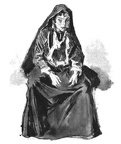 A Luxor Dancing-girl
A Luxor Dancing-girl A Dancing-Girl
A Dancing-Girl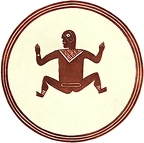 Dancing Figure
Dancing Figure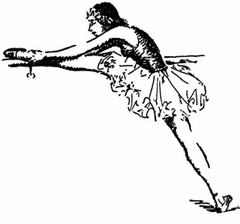 Ballet dancer
Ballet dancer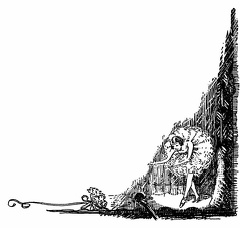 Ballet Dancer
Ballet Dancer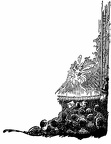 Ballet on stage
Ballet on stage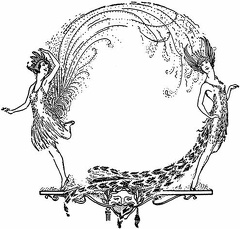 Dancers
Dancers Dancer
Dancer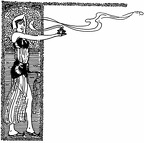 Dancer
Dancer Dancer
Dancer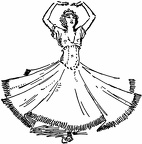 Dancer
Dancer Dancer
Dancer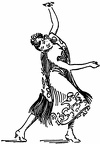 Dancer
Dancer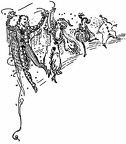 Dancers
Dancers Dancer
Dancer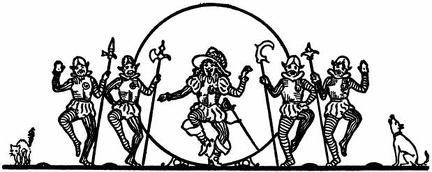 Divider - dancers
Divider - dancers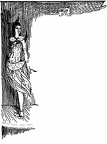 Dancer
Dancer Dancing
Dancing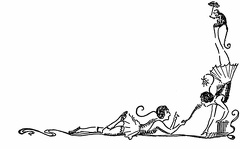 Dancers
Dancers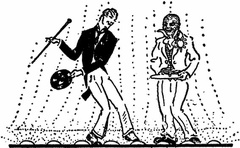 Dancers
Dancers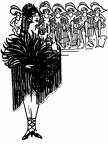 Dancers
Dancers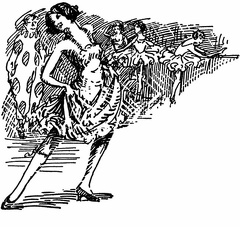 Dancers
Dancers Dancer and Guitarist
Dancer and Guitarist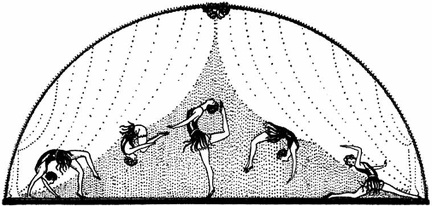 Dancers
Dancers Dancer
Dancer Dancer
Dancer Dancer
Dancer Dancer
Dancer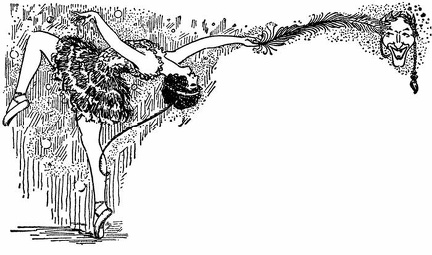 Dancer
Dancer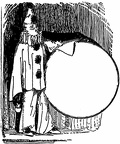 Clown Notice
Clown Notice Dancer
Dancer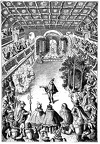 Le Ballet De La Reine
Le Ballet De La Reine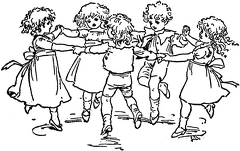 A ring of children
A ring of children Litle girl dancing
Litle girl dancing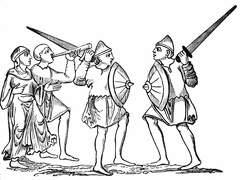 Sword-Dance
Sword-Dance Stilt Dancing.—XIII. Century
Stilt Dancing.—XIII. Century Remarkable Dance.—XIII. Century
Remarkable Dance.—XIII. Century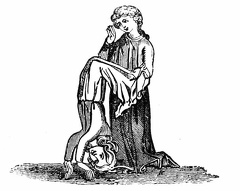 Herodias Tumbling with her Servant
Herodias Tumbling with her Servant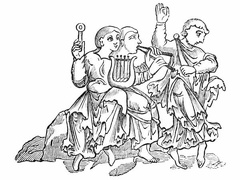 Gleemen's Dance.—IX. Century
Gleemen's Dance.—IX. Century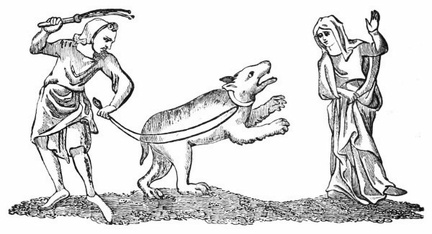 Dancing to a Bear
Dancing to a Bear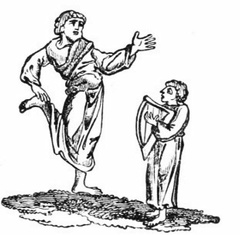 Anglo-Saxon Harper and Hoppestere.—X. Century
Anglo-Saxon Harper and Hoppestere.—X. Century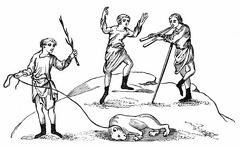 Anglo-Saxon Gleemen's Bear Dance.—X. Century
Anglo-Saxon Gleemen's Bear Dance.—X. Century Anglo-Saxon Dance.—VIII. Century
Anglo-Saxon Dance.—VIII. Century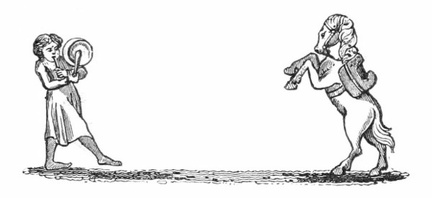 A Horse dancing to the Pipe and Tabor
A Horse dancing to the Pipe and Tabor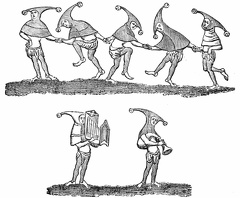 A Fool's Dance.—XIV. Century
A Fool's Dance.—XIV. Century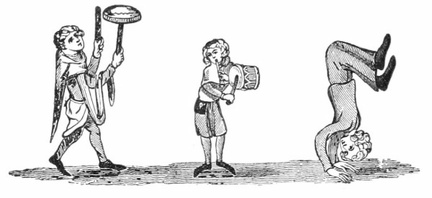 Tumbling.—XIV. Century
Tumbling.—XIV. Century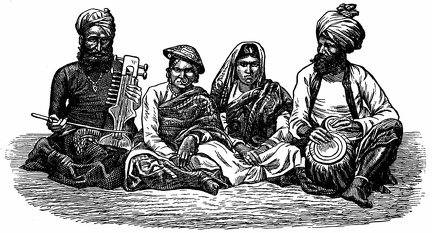 Hindu Dancing girls and Musicians
Hindu Dancing girls and Musicians Indian dancing-girl
Indian dancing-girl The Gěrănŏs from a vase in the Museo Borbonico, Naples
The Gěrănŏs from a vase in the Museo Borbonico, Naples Panathenaeac dance, about the 4th century B.C
Panathenaeac dance, about the 4th century B.C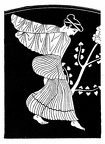 Dancing Bacchante
Dancing Bacchante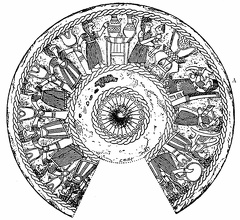 Phoenician patera
Phoenician patera The hieroglyphics describe the dance
The hieroglyphics describe the dance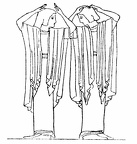 Greek figures in a solemn dance. From a vase at Berlin
Greek figures in a solemn dance. From a vase at Berlin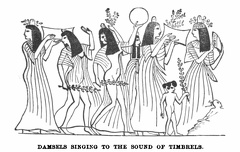 Damsels singing to the Sound of Timbrels
Damsels singing to the Sound of Timbrels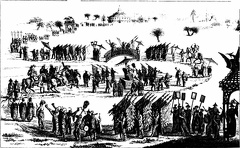 Chinese Procession
Chinese Procession Bride and Groom dancing
Bride and Groom dancing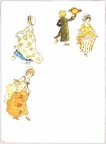 The Dancing Family
The Dancing Family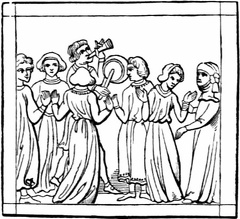 Rustic Merry-making
Rustic Merry-making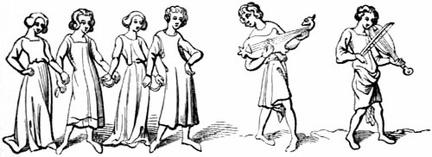 Mediæval Dance
Mediæval Dance



